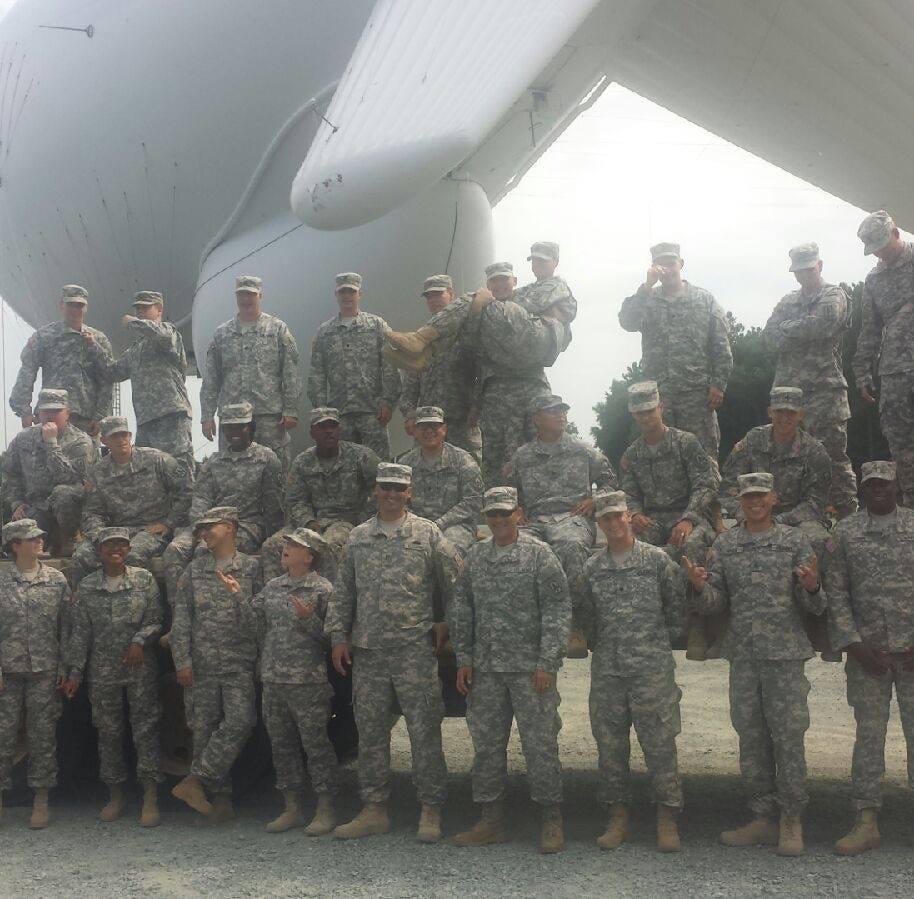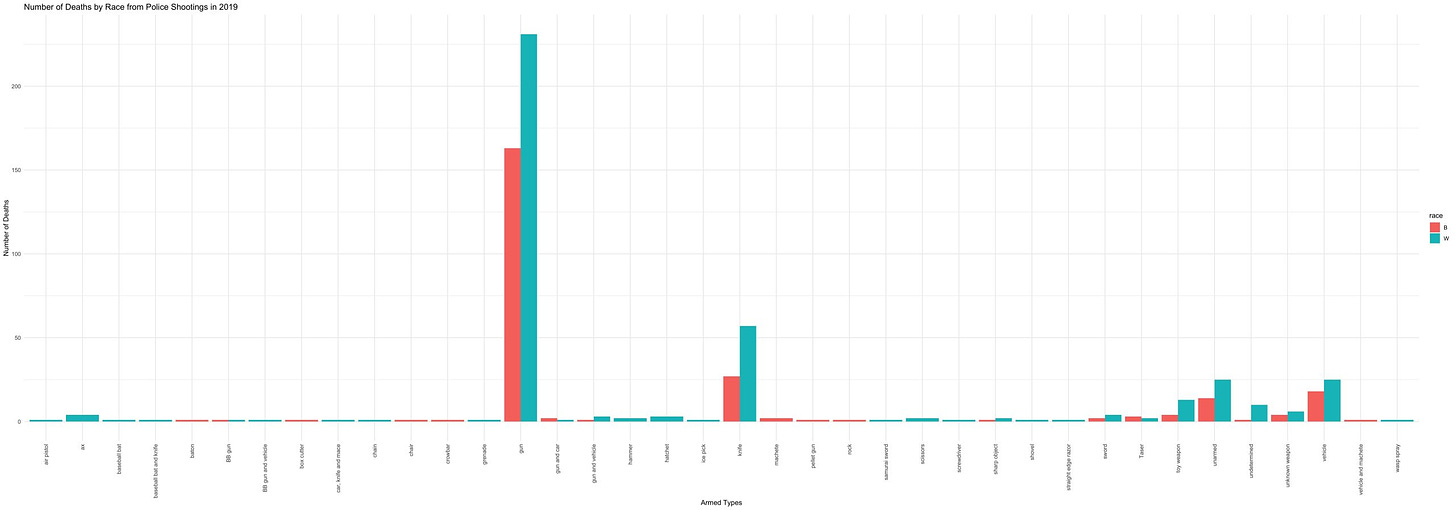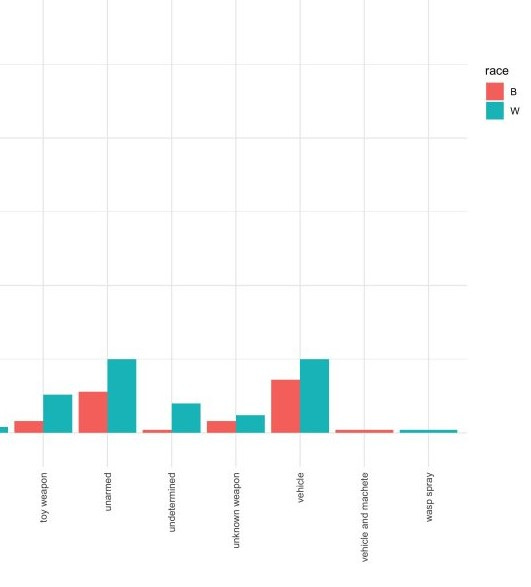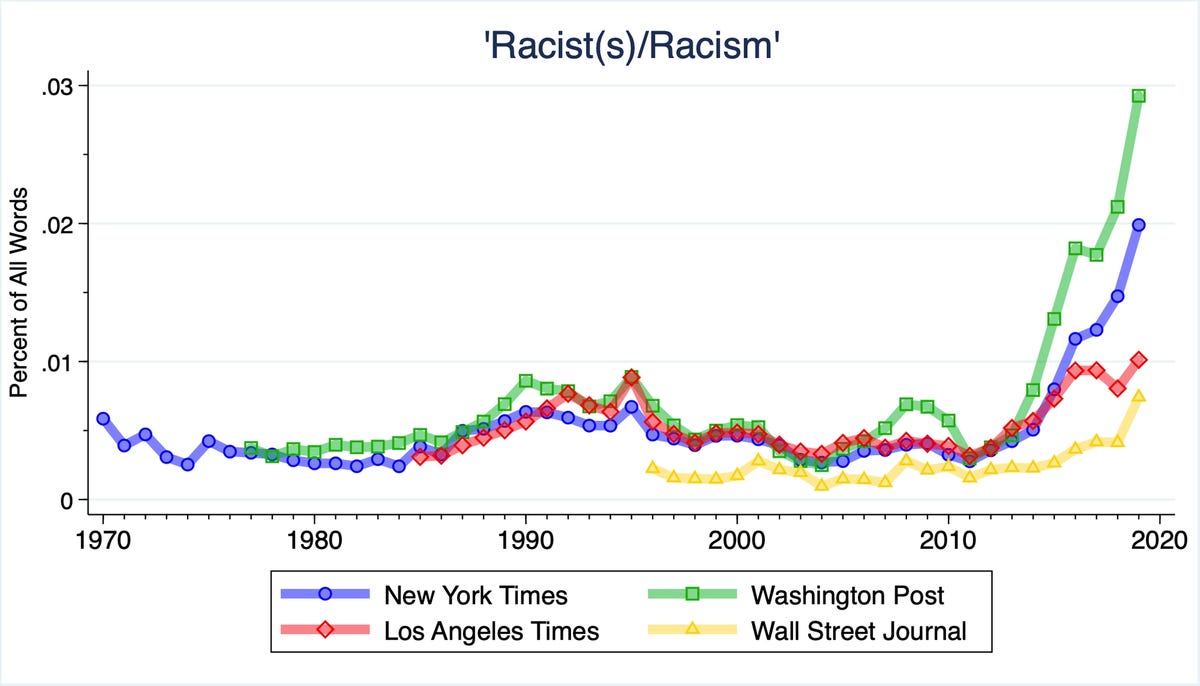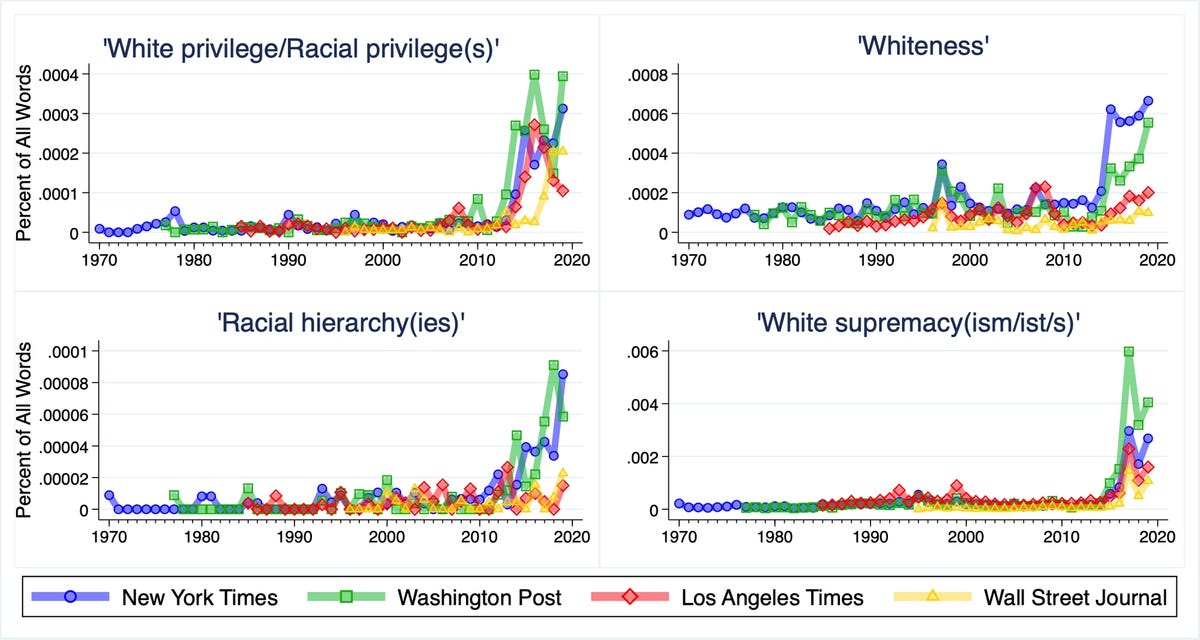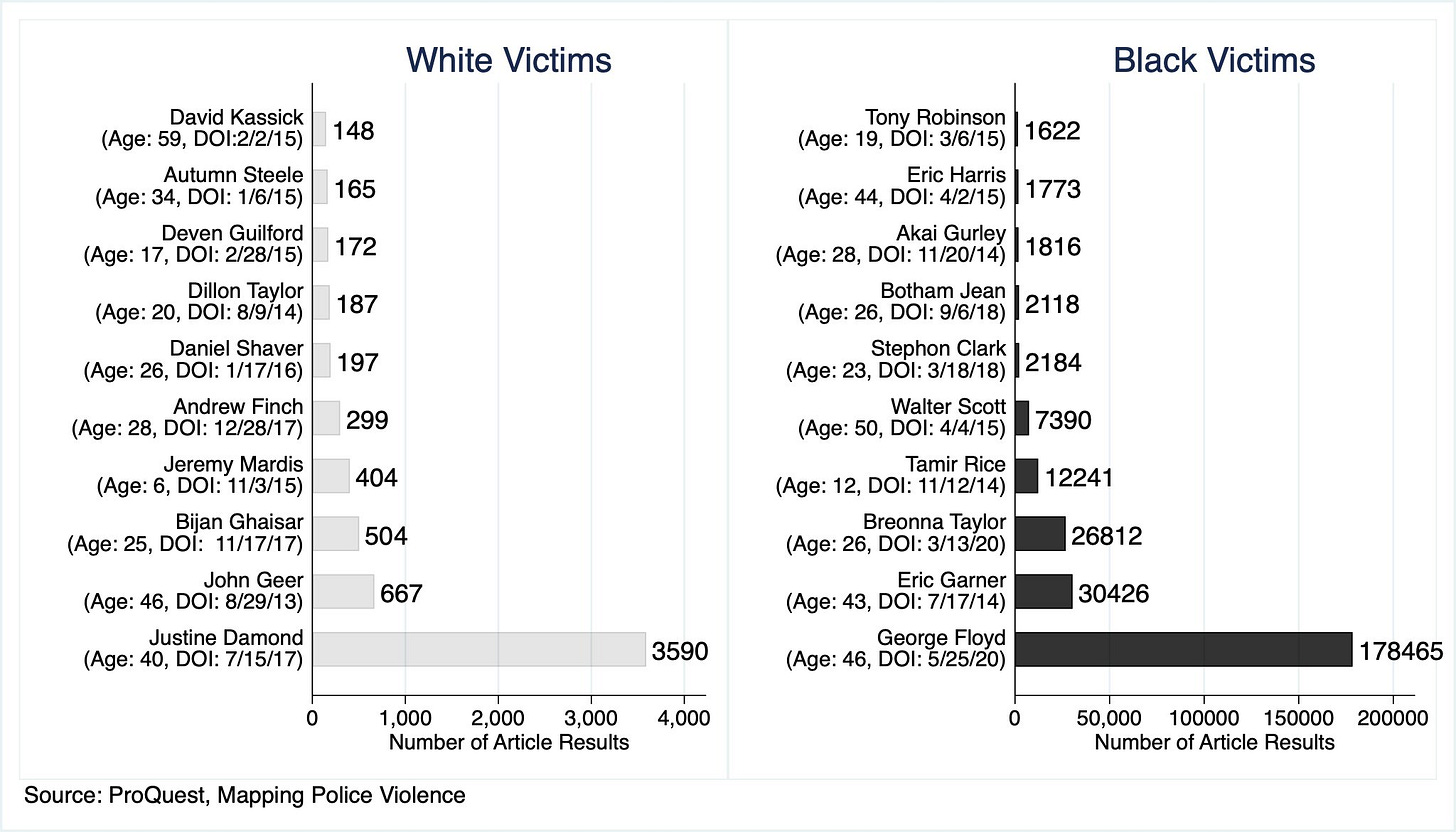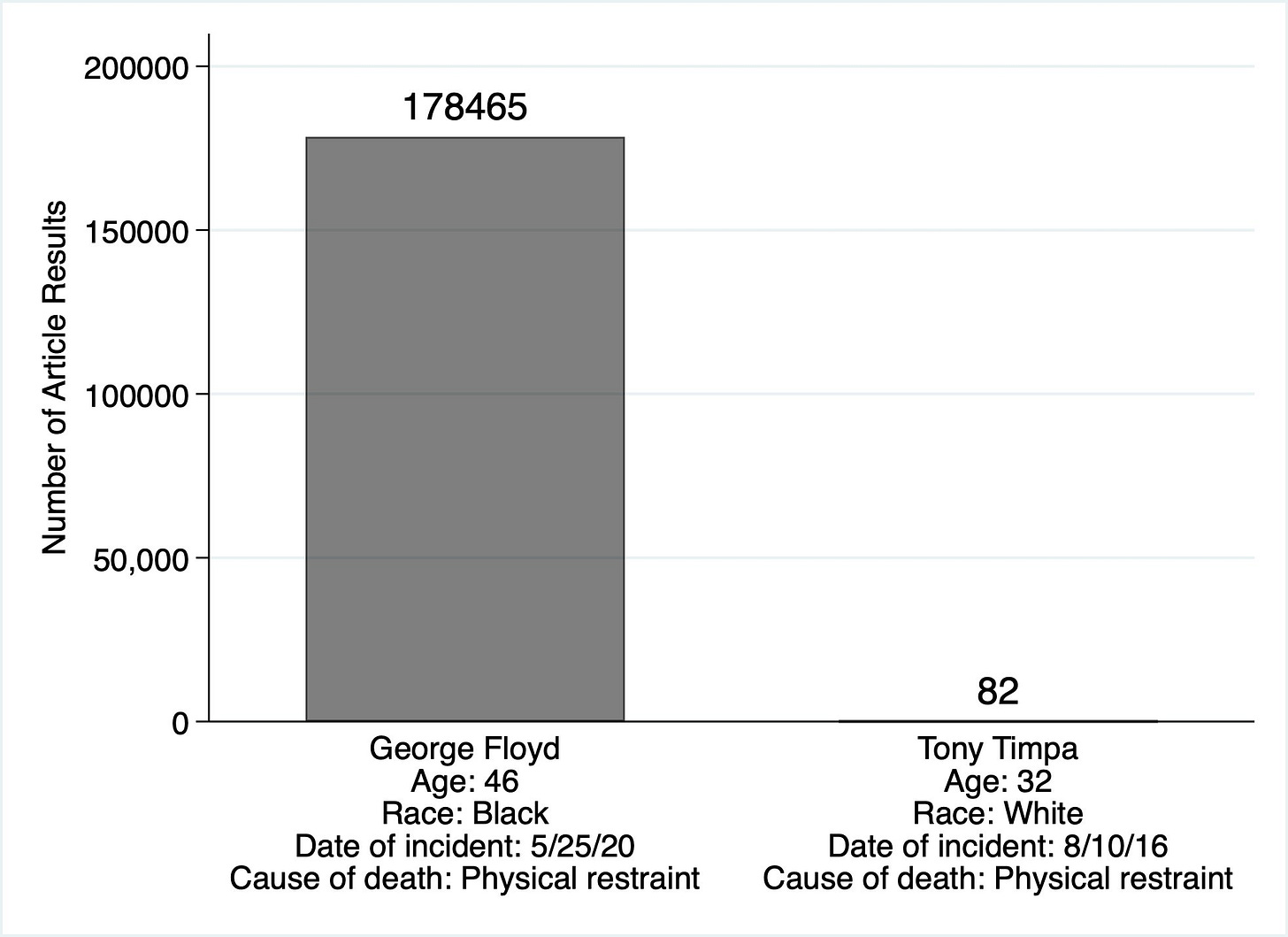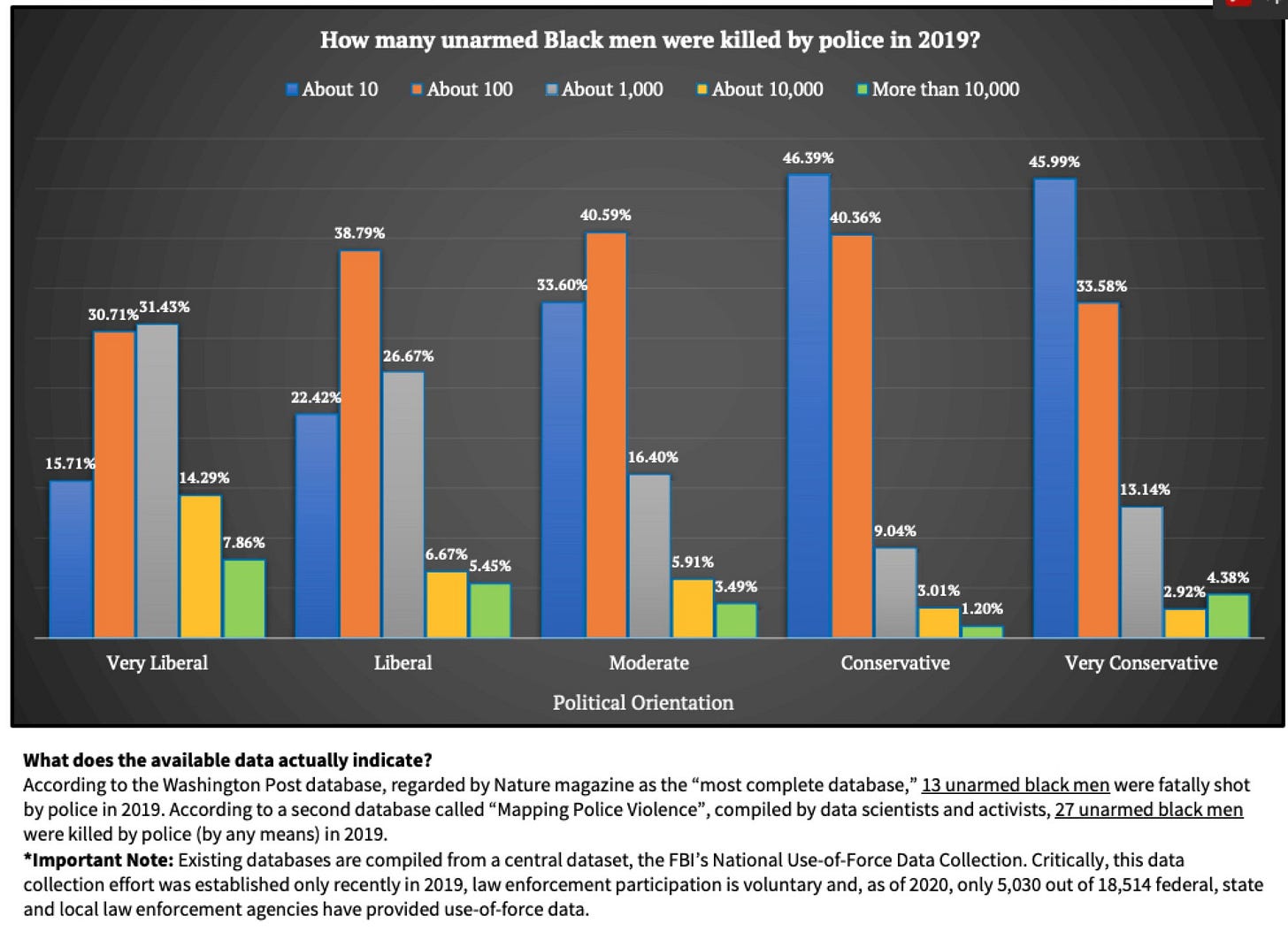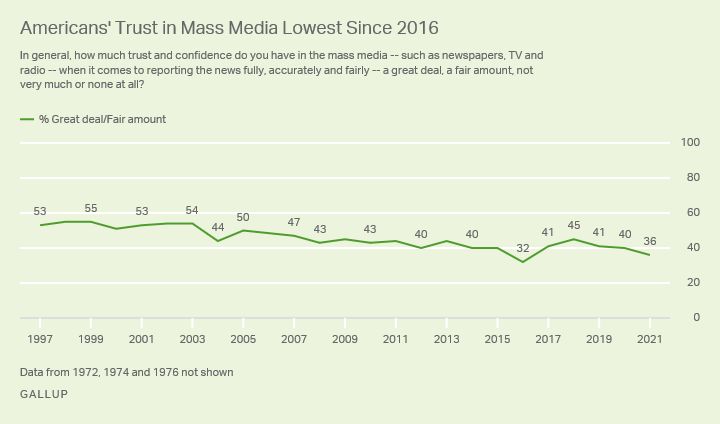Momma always said it was “a sin to hate.”
I don’t recall a time growing up that I ever made a judgement about a person based on some immutable characteristic of theirs. Even at a young age I understood that to dislike someone for a reason such as the color of their skin, for example, would require a depth of stupidity that would make the Mariana Trench look like a pothole in comparison. The social bonds and battles I’ve experienced have, always and only, been about a person’s quality of character. That’s not to say I never recognized these differences, of course I did, but it never caused me to recoil in ignorant fear or disgust; it just…never mattered.
Some of my best memories in life are moments shared with friends who had vastly different experiences and identities from my own. The military blessed me with countless opportunities to build friendships with people whom I had nothing else in common other than the uniform.
While attending basic training in Fort Sill, Oklahoma, I had this friend, Strothers (I called him “Slim”), from South Carolina. He was small in stature but had an enormous personality and sense of humor. I once asked him about this wild scar on his shoulder, and the story that followed was equally wild and comical. The scar, as he described it, was the result of a disagreement between him and a woman he was involved with. Her apparent propensity for violence led to him running out of the house like a gazelle as she fired wildly at him. She got him, but thankfully just in the shoulder. I don’t know that the story was at all true, but you shoulda’ heard him tell it!
In Advanced Individual Training (AIT) in Fort Bliss, Texas, I had a great friend named Andrico who was standing next to me one morning when my mom called to tell me that my goat, Lilly, had passed away. He tried his best to show empathy, but what began as a slight smirk evolved into uncontrollable laughter. “You have a pet GOAT?! You’re a real country bumpkin’ Smitty!” he wheezed, hardly able to stay on his feet. He was from the heart of Miami, whereas I am from the Ohio countryside. We came up in different worlds, but that served as catalyst to friendship, not a deterrent.
While deployed to Al-Kut, Iraq in 2010 I developed a friendship with a local Iraqi man who ran a little shop on our Forward Operating Base (FOB), selling things such as bootlegged DVD’s and video games to the soldiers looking to pass some time. I never got his name, but he seemed to be a genuine man doing his best to provide for his family in a war-torn country. We would have long talks about the situation in Iraq, how he felt about our presence, the capture and execution of Saddam, and discussions about his faith (Muslim) and mine (Christian). I remember coming to his small shop once, looking to acquire an amp for my electric guitar and I asked if he might be able to somehow find me one. He said “Give me three days. I go to Baghdad, bring you back amp”. Sure enough, three days later, he brought me a brand-new Fender amp! A real man of his word. I left that place and all of its nightmares in my rearview more than a decade ago, but I still think of him often; I hope he is doing well.
While stationed at Aberdeen Proving Ground (APG), Maryland in 2014 I found one of my greatest friendships the Army ever provided me- A Kansas City kid by the last name of Sowders. He used to boast that he would probably be the “only redheaded Mexican I’d ever know”. He was irredeemably nerdy, so much so that when we went to get tattoos together, his was a character from Star Wars. I’d take him and the rest of the group mudding in my truck, we’d go fishing in the Chesapeake Bay, and sometimes throw parties in the barracks. The visible differences within our group were not synonymous with the bonds we shared.
I could continue on all night listing friendships I’ve had all over the country, and around the world, but I’ll leave it there. What’s common among these four, and countless others, is that they didn’t happen to be white. Some weren’t American. Some others weren’t straight. Many of us even openly disagreed with one another on political and social issues. Contrary to the environment of today, none of these differences caused us to view each other as an opponent in need of destruction; none of that ever mattered. Why would it? We’re all just people; it’s no more complicated than that.
My deepest hope is that the young men and women that now serve get to share in these same experiences. I pray their experience is uninhibited by today’s political climate, the fringe ideologues of the left and right, and the never-ending flow of misinformation, hyperbolic lies, and click-bait headlines presented to us as “news” by the media.
Over the last several years politicians, political organizations, and fringe activists have been incandescently committed to narratives that have fractured American unity along historically, and opportunistically fragile fault lines such as class, race, ideology, gender, and sexual orientation. The list of fault lines is seemingly endless, and as a consequence, the opportunities to capitalize on them seems to be limited only by the imagination. As the former Mayor of Chicago, Rahm Emanuel, once said: “You never let a serious crisis go to waste. And what I mean by that it's an opportunity to do things you think you could not do before.”
The media, for their part, has been all too happy to carry the fuel to feed the fire, fortifying the flames of division in the interest of higher ratings. We have seen left-leaning news outlets run with head-spinning allegations of corruption and conspiracies targeting communities that have been historically marginalized, picking at the scabs of old societal wounds, as well as opening new ones. Right-leaning outlets needed only to act as opposition to achieve their own goals.
An entire book could be written on the sins committed by our political leaders and media in their ravenous pursuit of money and power. Most are aware that the biggest hot button issue, a button the media pushes with reckless abandon, is the issue of race. Much of this racial discussion has revolved around police shootings of unarmed black Americans. It would appear, especially if you consume left-leaning media, that black Americans are being targeted and shot by police all over the country on a regular basis. One of many news hosts known to promote this narrative is Don Lemon, who works for CNN. In 2016, Don appeared on CNN with civil rights attorney Charles Coleman. During the segment, they discussed the lopsided threat that law enforcement presented to the lives of black Americans, suggesting that simple compliance during a police interaction may be insufficient to ensuring safety.
News coverage such as this helped to create racial division, anger, and fear across the country. Protests devolved into riots on many occasions, resulting in billions of dollars in damage, and many dead.
To be clear, law enforcement officers should always be held accountable, but is this narrative accurate? Well… not according to the data. Not even close.
According to the data the number of white individuals shot by police is far greater, in almost every circumstance, than the number of black individuals. The chart below covers the data from 2019 police involved shootings. I realize it is difficult to read without zooming, so I’ll explain- The red bars represent the number of blacks shot by police, while the blue bars represent whites. Each set is representative of a weapon type the suspect was using at the time lethal force was used by police. This data comes from a study conducted by Berkley University, a well-known bastion of left leaning thought. In the name of transparency, Berkley stated in this study that even though far more white than black individuals were shot by police, the black population in America was far smaller. This difference in population size, in their view, showed that there was still a “disproportionate effect on Black folks’.
In my humble opinion, I think this conclusion is faulty. Perhaps we should examine the population percentages of each demographic in the areas in which these shootings occurred to get a more accurate picture?
They also suggest that suspects using a vehicle as a potential weapon, as well as those carrying a toy weapon should be placed into the “unarmed” category.
It is simple to understand that a toy firearm might look like a real one from just a few short paces away, so placing those cases in the “unarmed” category would be disingenuous.
As it relates to vehicles- How many examples do we need of people intentionally plowing their vehicles into crowds before we can all agree that a car can be used as a deadly weapon?
None the less, 25 unarmed white suspects were shot in 2019, compared to 14 black unarmed suspects.
The data is conclusive, and clearly disputes the common media narrative, yet they persist. Right around the end of Barrack Obama’s final term as president, all the way to present day, the media began its hyperbolic and divisive campaign. The number of times terms like racism, white privilege, whiteness, and white supremacy appeared in the news began to skyrocket, right alongside endless coverage of every instance of police shooting a black individual, cherry-picking which details to include and which to omit.
We know the data shows that more unarmed white suspects are shot by police than black, so why isn’t this common knowledge? As shown in the data below, their stories barely made the news, if at all. I guess that just doesn’t bring in acceptable ratings. It’s anyone’s guess I suppose…
With this kind of slanted news coverage, it should come as no surprise that around 40% of liberals, who naturally consume left leaning media, thought that 1,000 or more unarmed black men were killed by police in 2019, when the actual number was 25. Conservatives, who would be consistent consumers of right leaning media, believed that number was closer to 10.
So, is it really all that big of a shock that we are so divided? Half of the country is being fed the lie that racism and racial violence perpetuated by white supremacists is making a powerful resurgence, while the other half is left feeling unjustifiably villainized.
When we examine this information with some objectivity, the anger and fear on both sides of the issue becomes more understandable. Demanding answers, accountability and justice is a righteous pursuit. I would suggest, however, that we stop putting one another on trial for crimes we didn’t commit. Instead, we should hold those that are truly responsible for our division accountable. It might be prudent to begin that search with those who stood to gain from that division- our political leaders and media outlets.
On the upside, it appears that we might be moving in that direction. According to the Pew Research Center, public trust in government is in decline. That’s not to say I want our system of governance to fail; I simply believe it is a productive exercise for the American people to maintain a healthy level of skepticism relative to those that pull the levers of power.
Additionally, public trust in media has dipped to its lowest level since 2016. Maybe a drastic dip in ratings and profits will refresh their collective memory on journalistic ethics and standards.
Moving forward, we should strive to remember that in spite of our differences, we’re all just people; it’s no more complicated than that. Life is difficult enough as it is, so searching for new enemies serves no one’s best interests. We all have the capacity to show empathy and compassion. We all have goals and dreams. We may disagree about the path forward, but at least we might all agree we want what is best for our society as a whole. Use the differences between yourself and others as a catalyst for friendship and understanding, not as a deterrent. We’re all on this ride together, and it’s time we start acting like it.
Lastly, I would suggest you remember what my Momma always said:
“It’s a sin to hate.”




